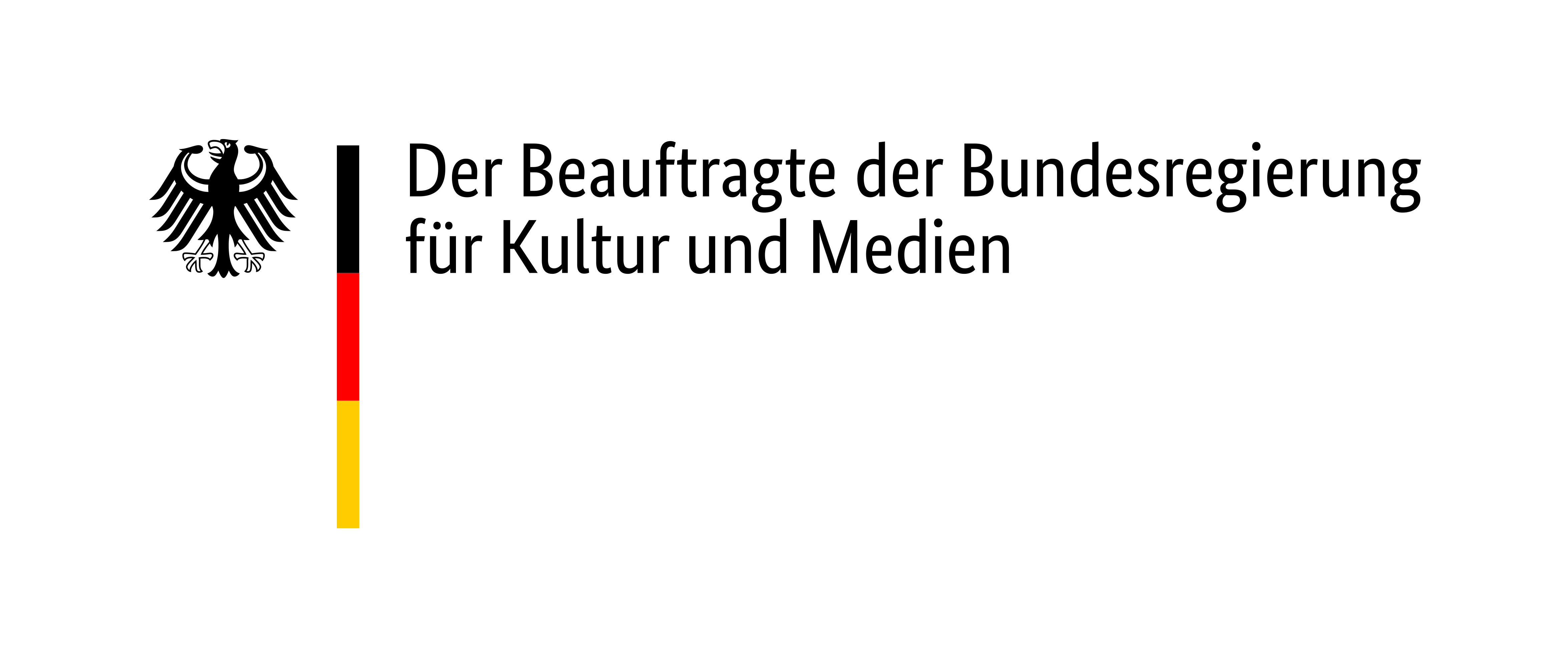
In early 1950, the GDR media published various articles about the release of prisoners from Special Camps. They portrayed the dissolution of the camps as a concession by the Soviet Union and glossed over the poor living conditions in the camps. However, the population found the reports implausible. The SED therefore soon discontinued the campaign.
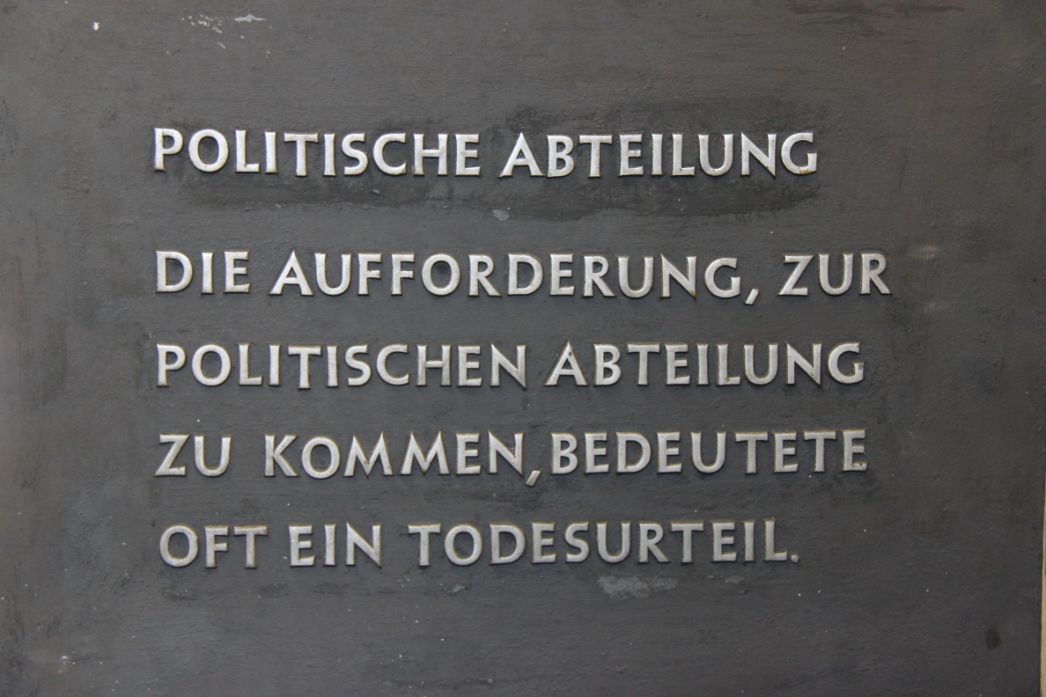
After the dissolution of Special Camp No. 2, the GDR converted Buchenwald into a national memorial site. There, the focus was on the anti-fascist resistance in the concentration camp. The Special Camp was never addressed. This information board incorrectly identified the Soviet administration barracks, built after 1945, as the “political department” of the concentration camp. The actual Gestapo barracks had been located a few meters away and were destroyed in an air raid in 1944.
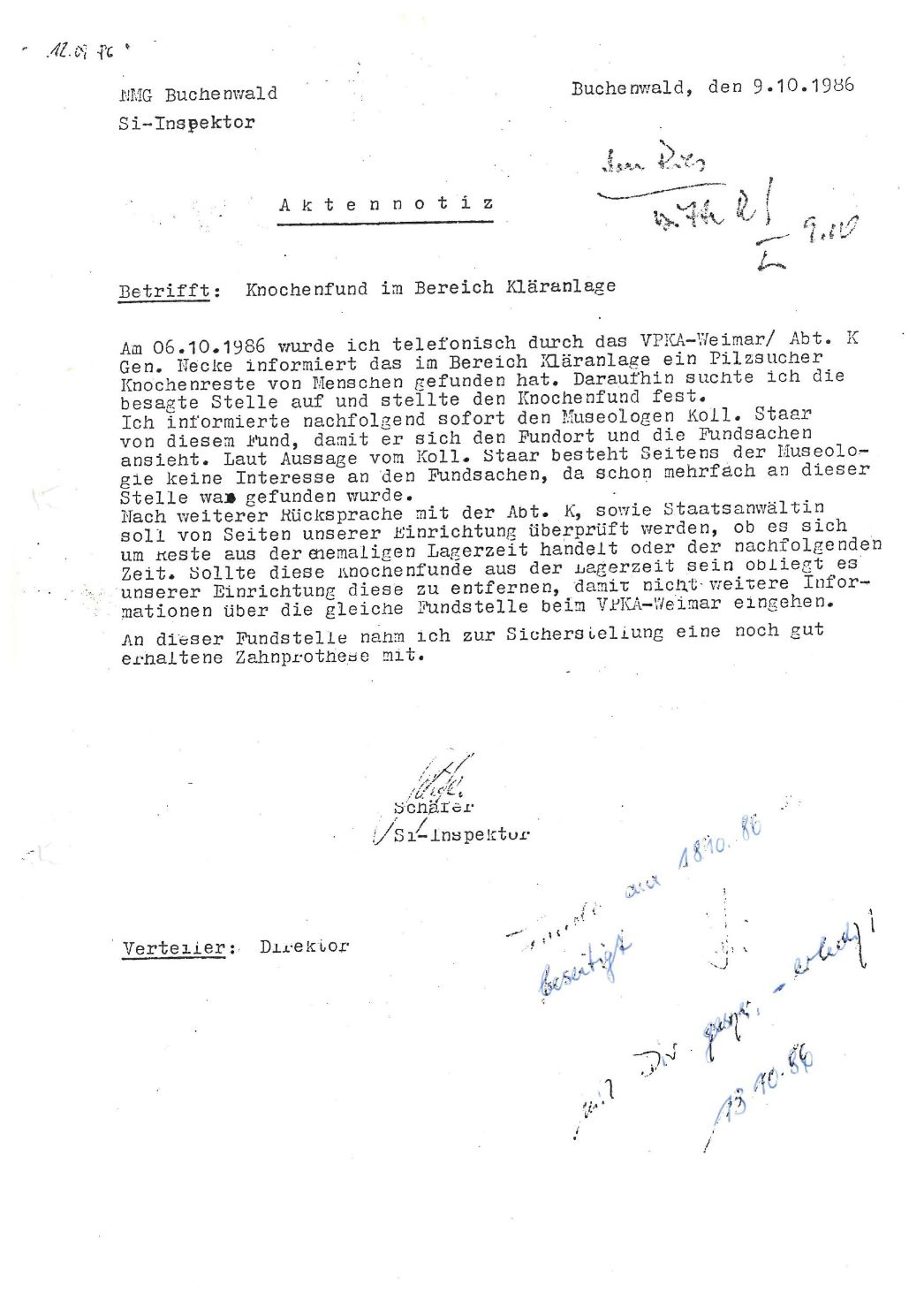
Repeated discoveries of human bones around the grounds were kept secret and the bones were removed without further investigation, as in this case of bones found by a mushroom picker in 1986. “Camp period” refers to the Buchenwald concentration camp, while “subsequent period” refers to the Special Camp.
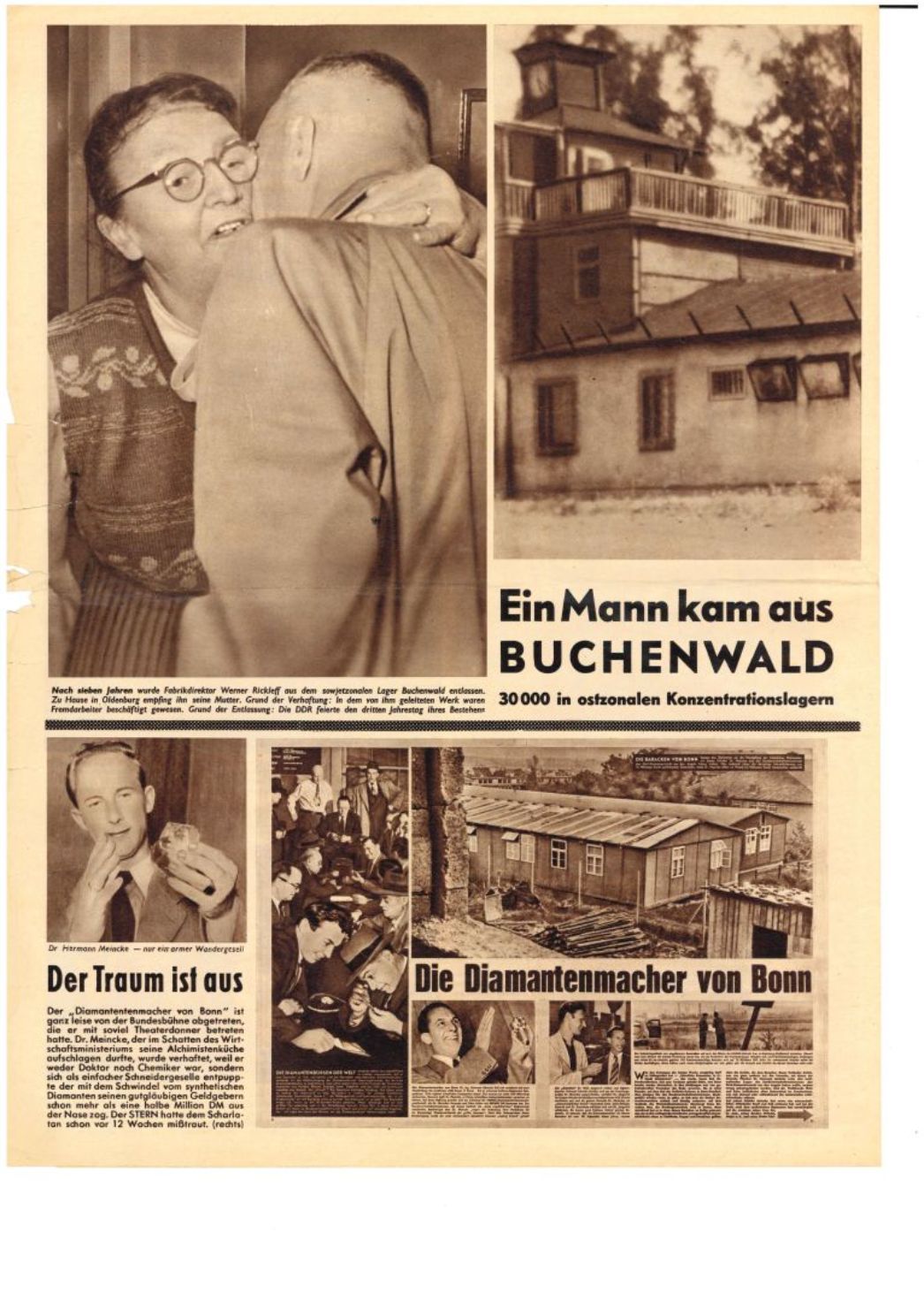
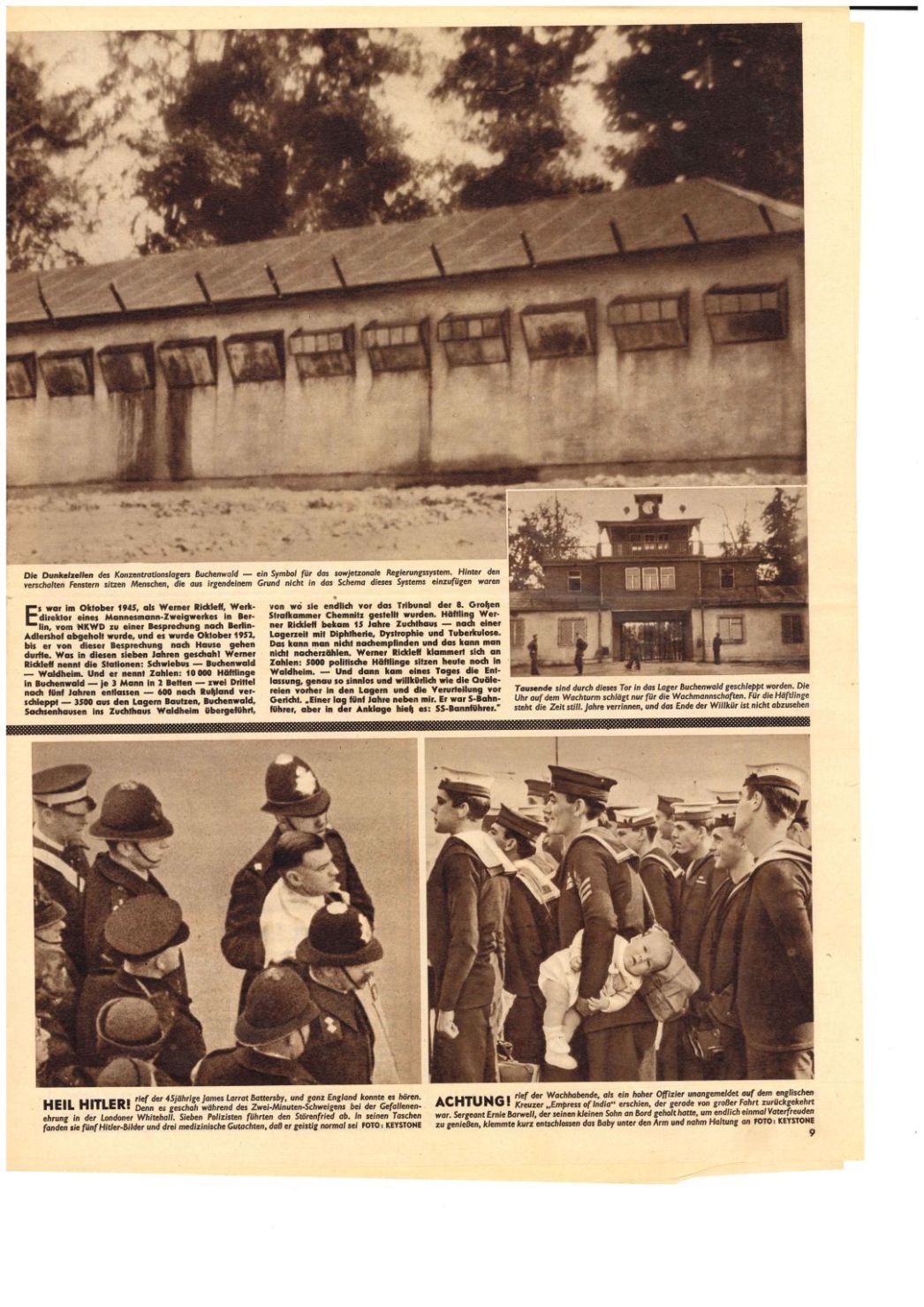
Many West German media outlets equated the Special Camps with concentration camps. Two years after the dissolution of the Buchenwald special camp, the magazine Stern reported on the release of Werner Ricklefs from the Waldheim prison. He had been sentenced to imprisonment there after his internment in Buchenwald.
